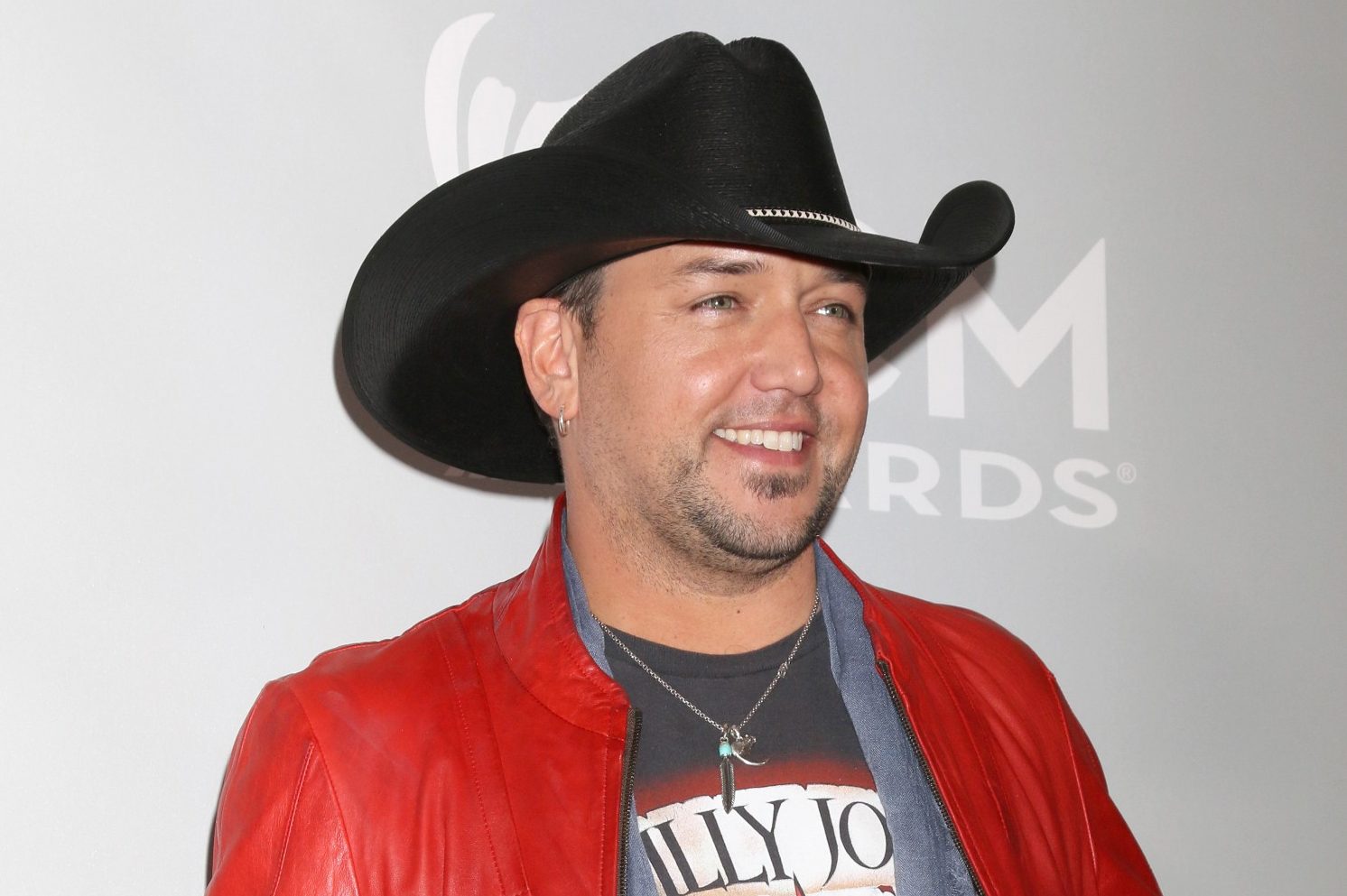In the midst of a growing storm of controversy, country music artist Jason Aldean has taken a significant step to address the outcry surrounding his latest single, “Try That In A Small Town,” by releasing an updated version of its accompanying video. This move comes after the original video drew sharp criticism for featuring imagery that many perceived as racially insensitive.
The embattled singer’s updated rendition of the “Try That In A Small Town” video reportedly sees the removal of the contentious footage that projected scenes from the 2020 Black Lives Matter protests onto the Maury County Courthouse in Columbia, Tennessee. The original video, which stoked a firestorm of allegations of racism, depicted a convergence of present-day protests and historical racial tensions, all while Jason Aldean’s lyrics addressed crossing societal boundaries.
Notably, the footage projected onto the Maury County Courthouse held deep historical significance, as it was the very location where a Black teen named Henry Choate was lynched during the 1920s. This juxtaposition, combined with Jason Aldean’s musical narrative, stirred a potent mixture of emotions, ranging from anger to deep sadness, and further ignited conversations about the intersection of art, history, and social consciousness.
The removal of this contentious footage marks a strategic move on Jason Aldean’s part, aimed at quelling the mounting criticism that erupted in the wake of the video’s release. It is reported that the updated version is now six seconds shorter than its predecessor, a subtle but deliberate edit that seeks to minimize the potential for further controversy.
The incident surrounding the original video’s content offers a thought-provoking reflection on the power and responsibility of artists like Jason Aldean to navigate complex social issues through their creative expressions. As conversations surrounding race, identity, and historical awareness gain increasing prominence, the scrutiny faced by Jason Aldean’s video underscores the imperative for cultural figures to be attuned to the sensitivities of their audiences.
As the updated video continues to circulate, its reception will undoubtedly be closely watched. This incident serves as a stark reminder that art, though a vehicle for expression, can wield substantial influence, often transcending mere entertainment to engage with deeply entrenched societal narratives.
The updated video prompts broader discussions about the role of art in shaping perceptions, the complexities of cultural representation, and the evolving landscape of accountability in the age of heightened awareness. Ultimately, the narrative that unfolds around this incident holds lessons for artists like Jason Aldean, audiences, and the ongoing dialogue about the intertwined relationships between creativity, history, and the pursuit of social progress.



